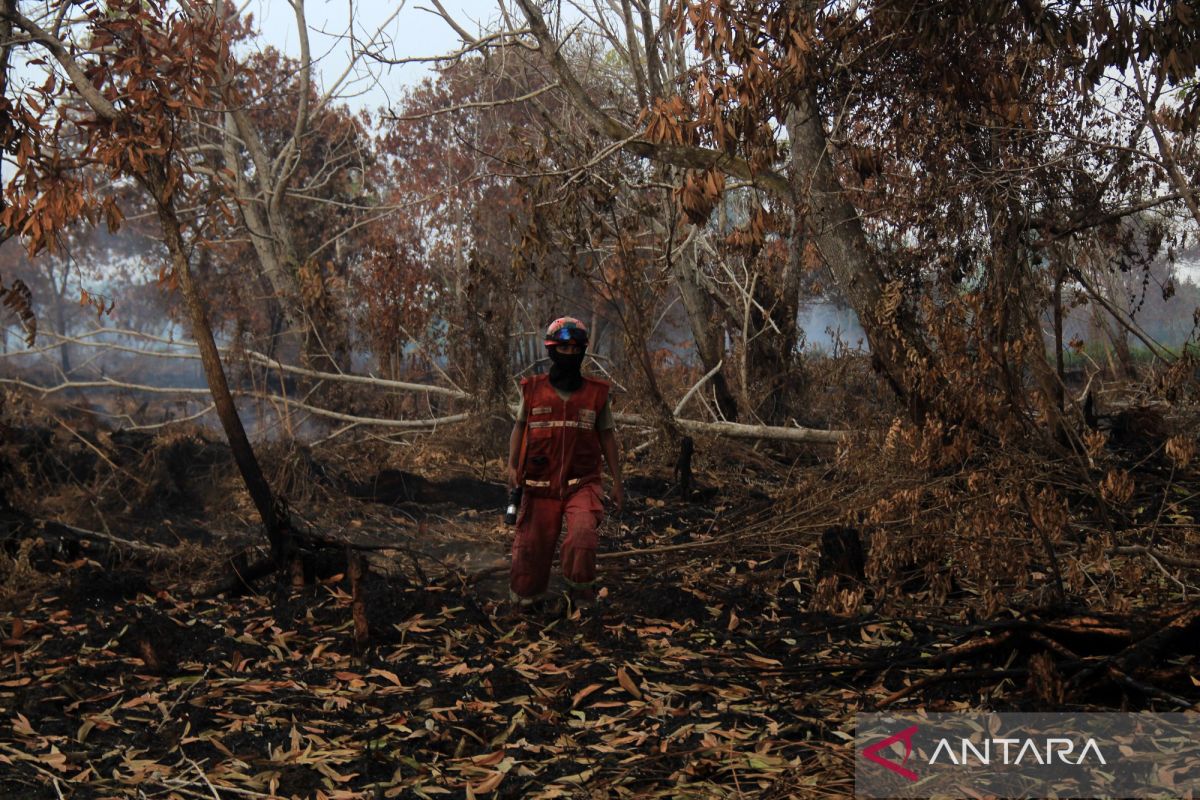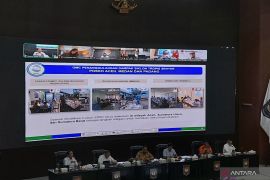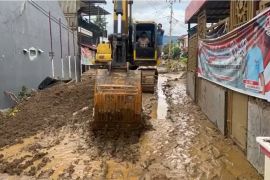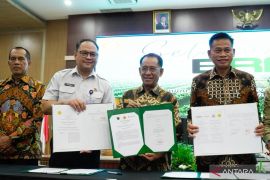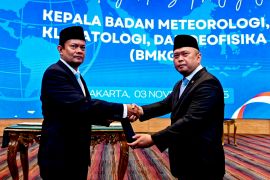BMKG Director of Public Meteorology Andri Ramdhani stated on Friday that, based on Himawari-9 satellite data as of July 30, 2025, the number of hotspots in Kalimantan had increased to 22, while nine were detected in Sumatra, and two more in Sulawesi.
"The number of hotspots has increased significantly compared to the previous week," Ramdhani noted.
The agency confirmed that the rise in hotspots coincides with the peak of the dry season.
According to Ramdhani, several atmospheric dynamics are reinforcing the drying trend. Strengthening air masses from the Pacific are reducing rain cloud formation, while cyclonic circulation in the Indian Ocean is accelerating evaporation in western Indonesia.
These meteorological patterns are expected to raise the risk of sporadic but rapidly spreading fires, especially in peatland areas and production forests with high levels of dry fuel, he added.
BMKG has called for increased vigilance in regions experiencing decreased rainfall and low humidity, which heighten the potential for fire spread—including Jambi Province.
Related news: All forest, land fire cases will be fully investigated: minister
Previous monitoring by the BMKG and the National Disaster Mitigation Agency (BNPB) showed that most areas in Jambi Province are expected to experience a drastic drop in rainfall during the first ten days of August, with intensity ranging only from 20 to 50 millimeters.
From July 30 to August 5, several areas in Jambi were also marked as high-flammability zones based on spatial analysis.
The indicator map revealed that red and yellow zones are starting to replace previously dominant blue (low-risk) zones.
In addition, the northern part of Jambi, including areas in Tanjung Jabung and Muaro Jambi Districts, has shown increased vulnerability to fire.
As a mitigation measure, BMKG has reactivated its Weather Modification Operation (OMC) in the Jambi region.
This operation targets vulnerable areas before rain clouds disappear entirely.
"The OMC conducted from June 2 to 9 showed effective results, producing rainfall almost daily, with a total volume of 157.6 million cubic meters," said BMKG Head Dwikorita Karnawati.
Related news: Govt seals two concessions near Malaysia over forest fires
Translator: M. Riezko Bima, Resinta Sulistiyandari
Editor: M Razi Rahman
Copyright © ANTARA 2025
